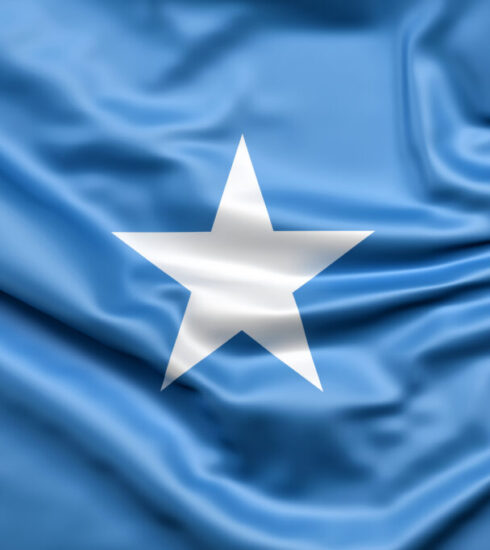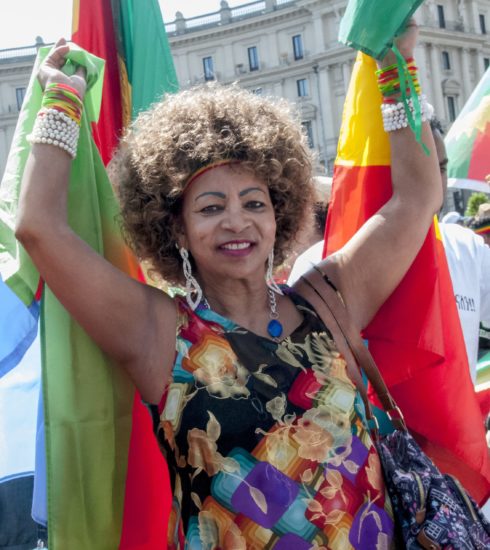A Brief Spotlight on Uganda
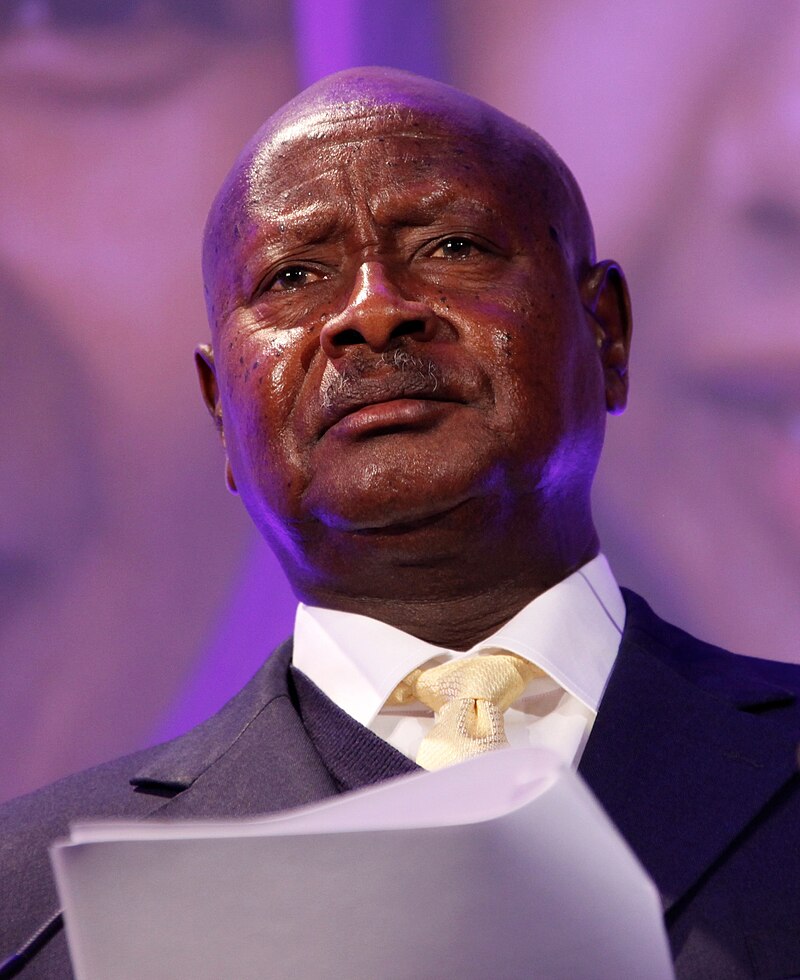
Yoweri Museveni is the President of Uganda and has been in power since 1986.
Uganda, officially the Republic of Uganda, is a landlocked country in East Africa. It is bordered to the east by Kenya, to the north by South Sudan, to the west by the Democratic Republic of the Congo, to the south-west by Rwanda, and to the south by Tanzania. The southern part includes a substantial portion of Lake Victoria, shared with Kenya and Tanzania. Uganda is in the African Great Lakes region, lies within the Nile basin, and has a varied equatorial climate. As of 2025, it has a population of 52.6 million, of whom 8.5 million live in the capital and largest city, Kampala.
With a diverse population of over 50 million people, primarily speaking English and Swahili alongside numerous local languages, the nation’s economy relies heavily on agriculture, though it also benefits from tourism and oil. The capital and largest city is Kampala, and the country gained independence from the UK on October 9, 1962.
The arrival of Arab traders in the 1830s and British explorers in the late 19th century marked the beginning of foreign influence. The British established the Protectorate of Uganda in 1894, setting the stage for future political dynamics. Uganda gained independence in 1962, with Milton Obote as the first prime minister. The 1966 Mengo Crisis marked a significant conflict with the Buganda kingdom, as well as the country’s conversion from a parliamentary system to a presidential system. Idi Amin’s military coup in 1971 led to a brutal regime characterized by mass killings and economic decline, until his overthrow in 1979.

Idi Amin, ruled Uganda from 1971 to 1979 was considered one of the most brutal dictators in the world.
Uganda embraces many ecosystems, from the tall volcanic mountains of the eastern and western frontiers to the densely forested swamps of the Albert Nile River and the rainforests of the country’s central plateau. The land is richly fertile, and Ugandan coffee has become both a mainstay of the agricultural economy and a favourite of connoisseurs around the world.
The country’s sad record of political conflict, coupled with environmental problems and the ravages of a countrywide AIDS epidemic, hindered progress and growth for many years. Yet, even so, at the beginning of the 21st century a popularly elected civilian government ruled Uganda, which had attained political stability, had set an example for tackling the AIDS crisis that threatened to overwhelm the continent, and as of today enjoys one of the fastest-growing economies in Africa.
The President of Uganda is both head of state and head of government. The president appoints a vice-president and a prime minister to aid them in governing. The Parliament of Uganda has 557 members. These include constituency representatives, district woman representatives and representatives of the Uganda People’s Defense Forces. There are also 5 representatives of the youth, 5 representatives of workers, 5 representatives of persons with disabilities, and 18 ex-officio members.

Arial view of Kampala, capital of Uganda and its largest city.
In 1966, following a power struggle between the Obote-led government and King Muteesa, Obote suspended the constitution and removed the ceremonial president and vice-president. In 1967, a new constitution proclaimed Uganda a republic and abolished the traditional kingdoms. Obote was declared the president.
After a military coup on 25 January 1971, Obote was deposed from power and General Idi Amin seized control of the country. Amin ruled Uganda as dictator with the support of the military for the next eight years. He carried out mass killings within the country to maintain his rule. An estimated 80,000–500,000 Ugandans died during his regime. Aside from his brutalities, he forcibly removed the entrepreneurial Indian minority from Uganda. In June 1976, Palestinian terrorists hijacked an Air France flight and forced it to land at Entebbe airport. One hundred of the 250 passengers originally on board were held hostage until an Israeli commando raid rescued them ten days later. Amin’s reign ended after the Uganda–Tanzania War in 1979, in which Tanzanian forces aided by Ugandan exiles invaded Uganda.
Uganda has 60 protected areas, including ten national parks: Bwindi Impenetrable National Park and Rwenzori Mountains National Park (both UNESCO World Heritage Sites), Kibale National Park, Kidepo Valley National Park, Lake Mburo National Park, Mgahinga Gorilla National Park, Mount Elgon National Park, Murchison Falls National Park, Queen Elizabeth National Park, and Semuliki National Park.
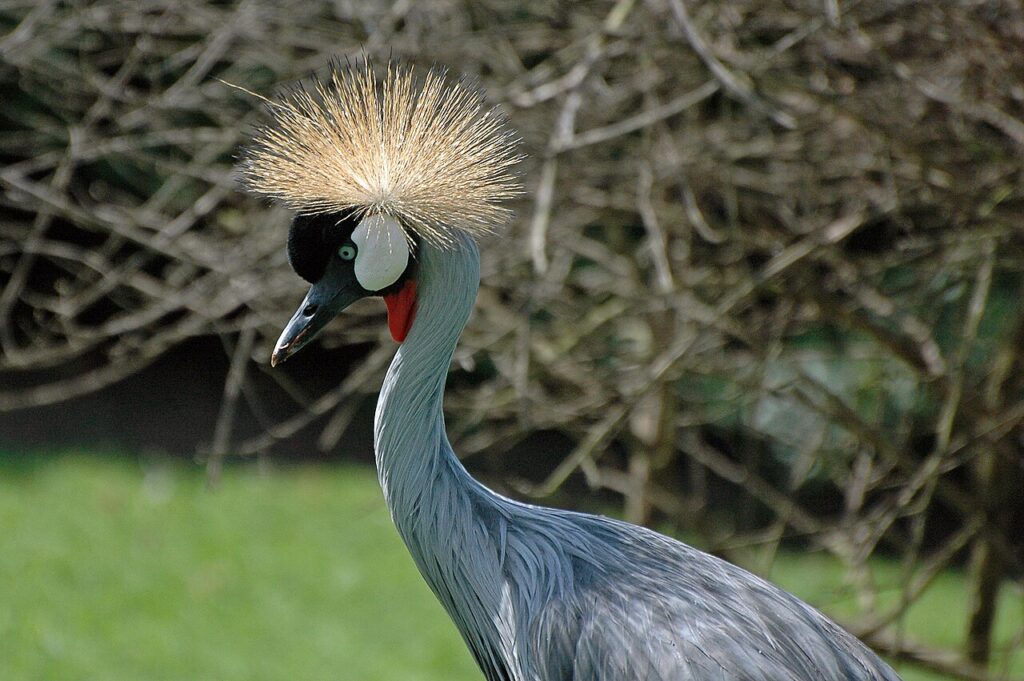
A Grey Crowned Crane – a national symbol of Uganda
Uganda is home to a vast number of species, including a population of mountain gorillas in the Bwindi Impenetrable National Park, gorillas and golden monkeys in the Mgahinga Gorilla National Park, and hippos in the Murchison Falls National Park. Jackfruit can also be found throughout the country.
Lions and leopards are now present mainly in animal preserves and national parks, but they are occasionally seen outside these places. Hippopotamuses and crocodiles inhabit most lakes and rivers, although the latter are not found in Lakes Edward and George. Mountain gorillas, chimpanzees, and small forest elephants appear only in the extreme west. Elephants, buffalo, and the Uganda kob (an antelope) are limited to the west and north, while the black rhinoceros and giraffes are confined to the north. Zebras, topis, elands, and roan antelopes live in both the northeastern and southern grasslands, while other kinds of antelopes (oryx, greater and lesser kudu, and Grant’s gazelle) are found only in the northeastern area. Uganda is home to a diverse variety of bird life, including threatened species. Most of the country’s national parks provide excellent bird-watching opportunities. The country’s varied fish life includes ngege (a freshwater nest-building species of Tilapia), tiger fish, barbels, and Nile perch.

Male Ugandan kob trying to seduce a female at Queen Elizabeth National Park.
The country had a 2019 Forest Landscape Integrity Index mean score of 4.36/10, ranking it 128th globally out of 172 countries.
Uganda’s religious heritage is tripartite: indigenous religions, Islam, and Christianity. About four-fifths of the population is Christian, primarily divided between Roman Catholics and Protestants (mostly Anglicans but also including Pentecostals, Seventh-day Adventists, Baptists, and Presbyterians). About one-eighth of the population is Muslim. Most of the remainder practice traditional religions. As in other parts of Africa, Islam and Christianity have been combined with indigenous religions to form various syncretic religious trends.
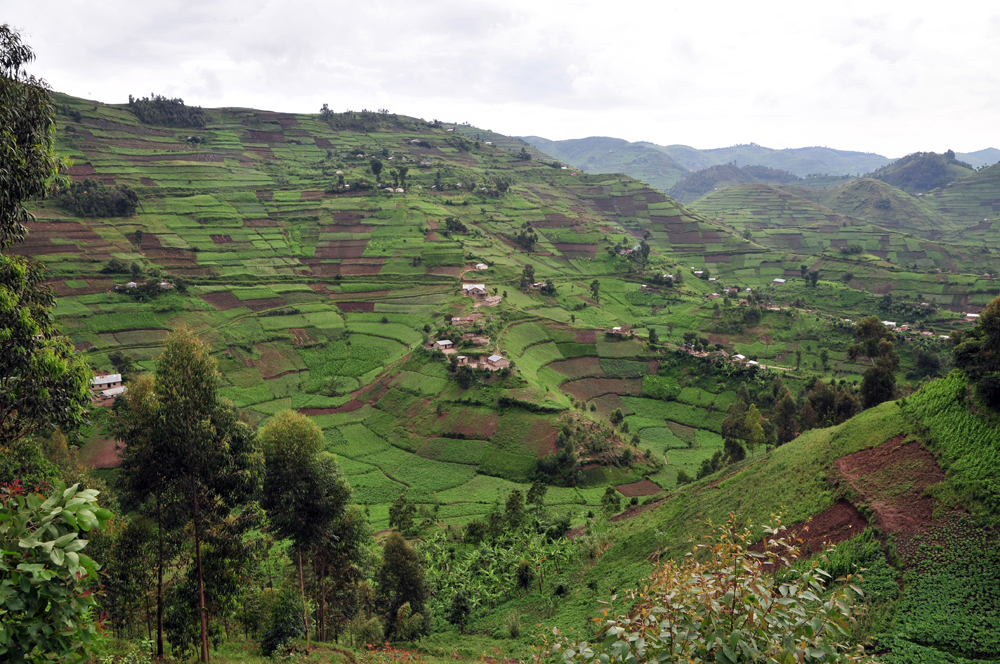
Coffee fields in southwestern Uganda.
In the countryside, the year is filled with a variety of festivals and ritual celebrations, including marriage “introductions,” weddings, births, christenings, and other familial gatherings. As in other places, the agricultural year is marked by a number of important events that require social gatherings. Other holidays, celebrated nationwide, are drawn from the Christian and Muslim calendars or commemorate events in Ugandan history, such as Martyrs’ Day (June 3rd), Heroes’ Day (June 9th), and Independence Day (October 9th).
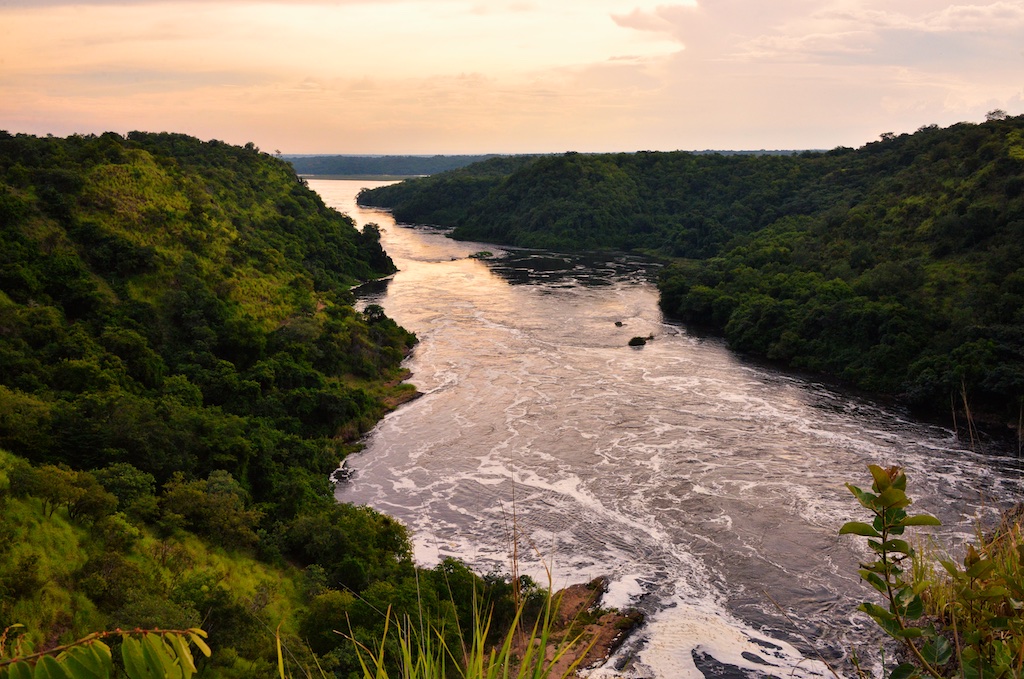
Great Nile River, Uganda
The staple diet in most of the south is a kind of plantain called matoke, which is cooked in stews and curries; a Buganda legend relates that one of the first acts of the first man on earth, Kintu, was to plant a matoke tree for his descendants to enjoy. Sweet potatoes, Irish potatoes, and cassava are consumed along with a variety of vegetables. The central market in Kampala—Nakasero—offers an extensive array of vegetables and fruits, some of which are imported from neighbouring countries. Most northerners eat millet, sorghum, cornmeal, and cassava together with local vegetables. The pastoral communities tend to consume animal-derived products, especially butter, meat, and animal blood. Fish is eaten by a number of groups, and a favourite dish is luombo, a spicy stew steamed in banana leaves. Banana leaves also figure in another favourite, oluwombo, made of rice, chicken, and tomatoes.
